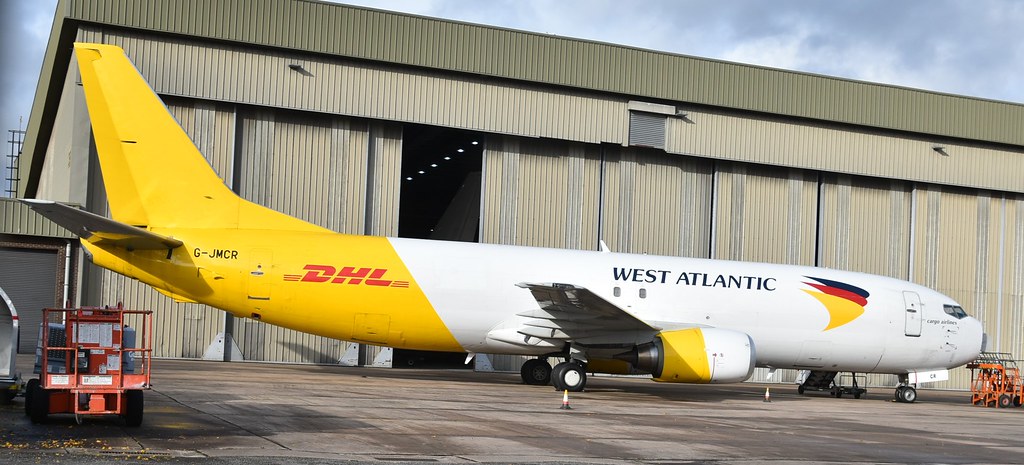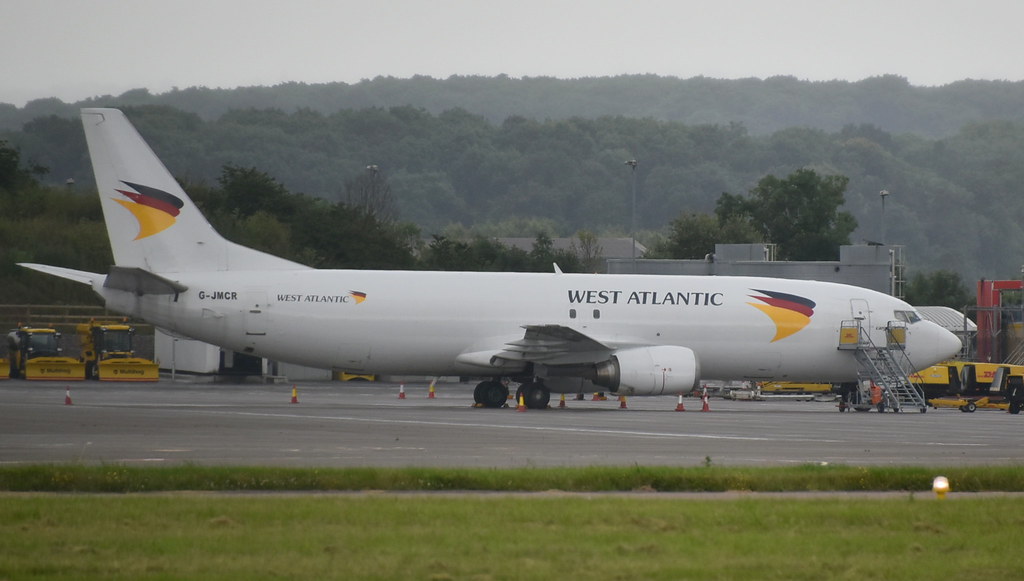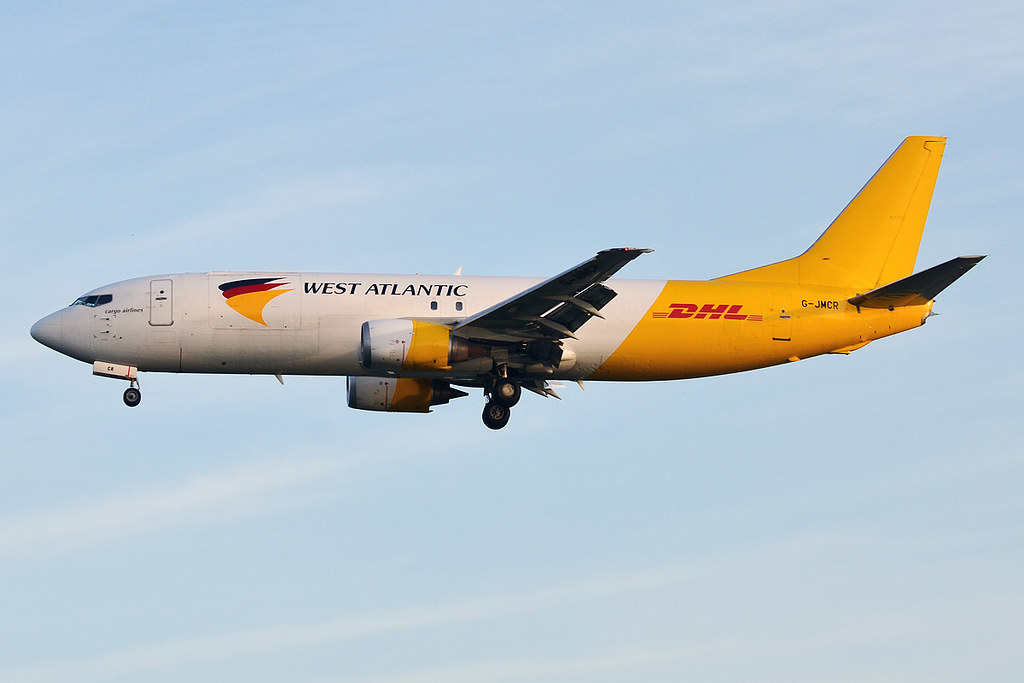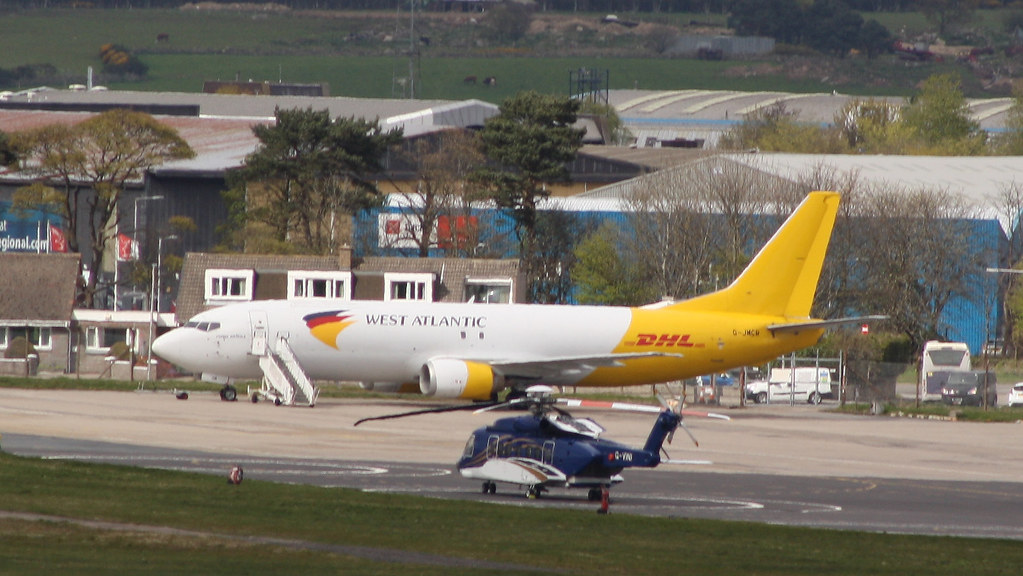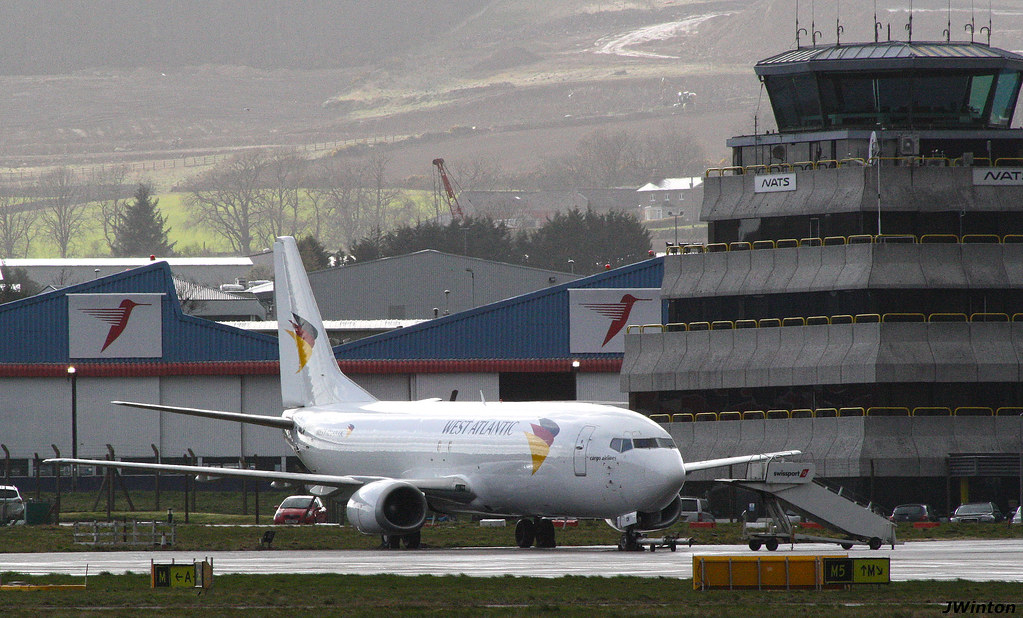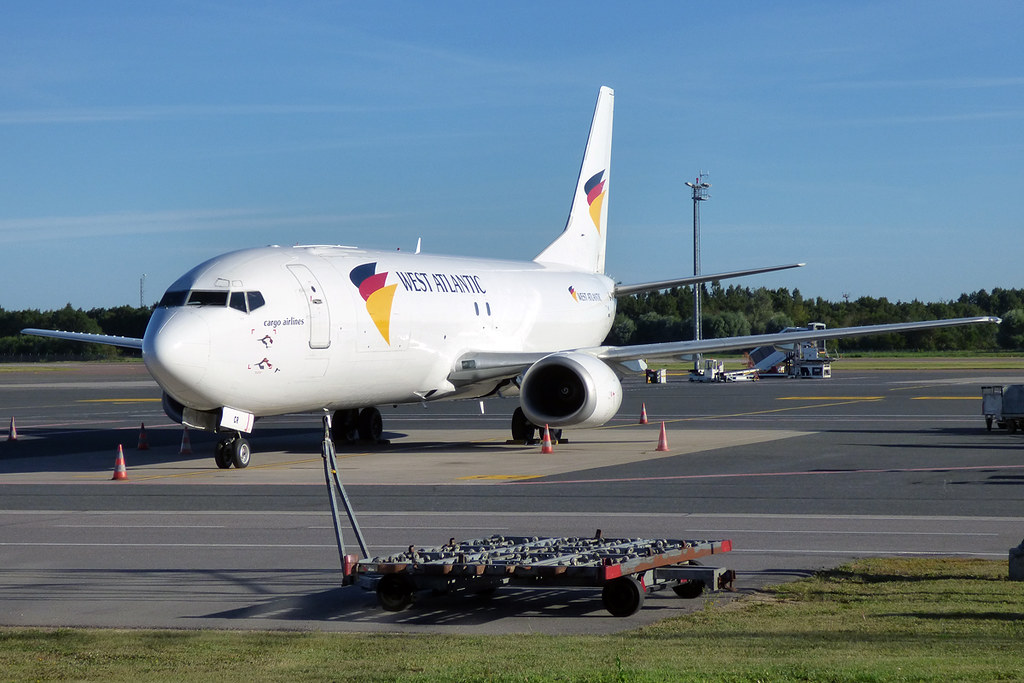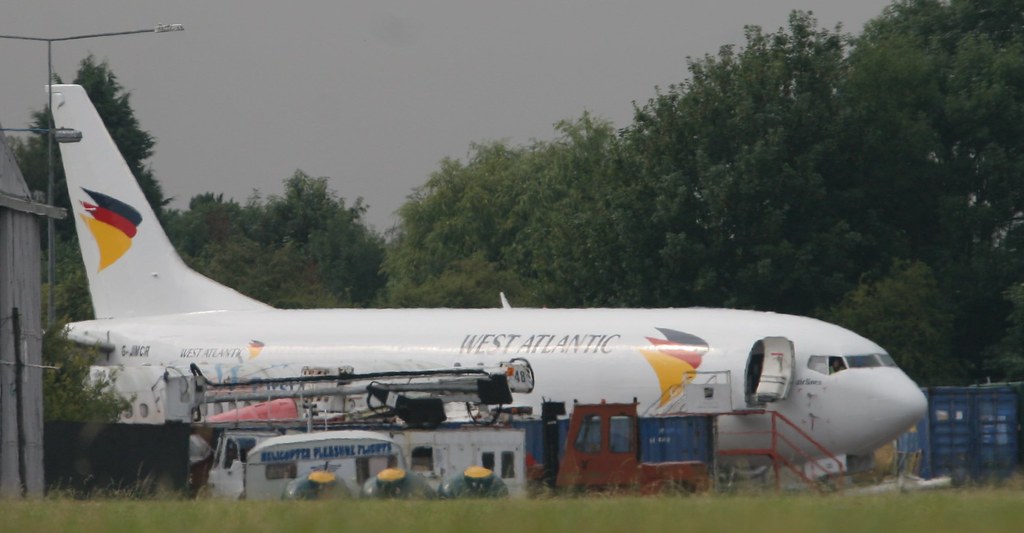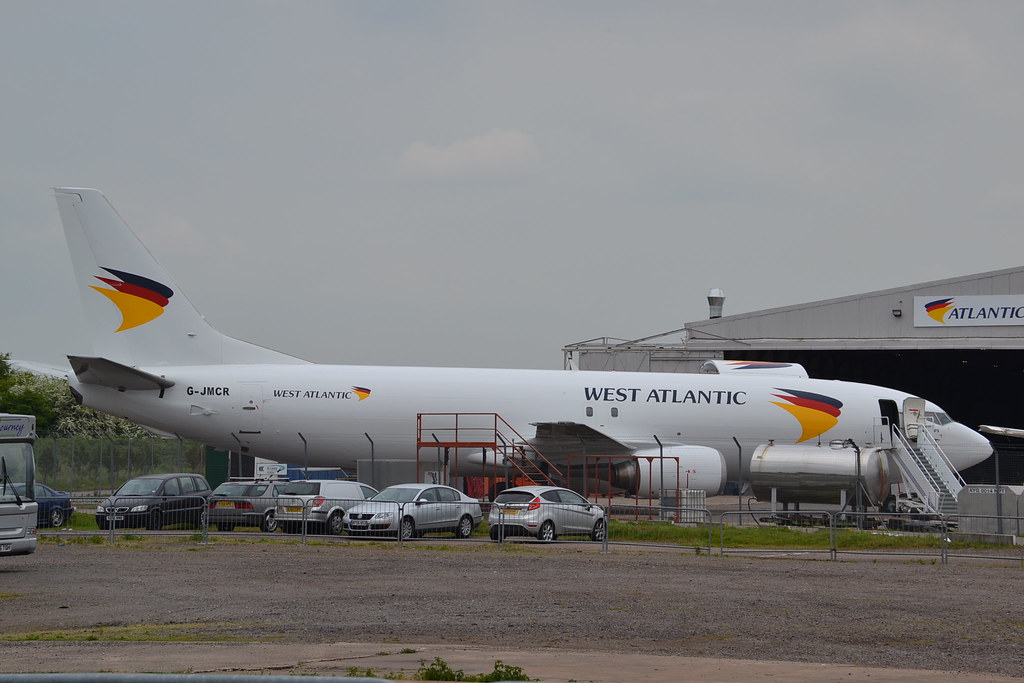West Atlantic B734 at Brussels on Jun 4th 2019, partial electrical failure
Last Update: June 18, 2020 / 14:56:43 GMT/Zulu time
A West Atlantic Boeing 737-400 freighter on behalf of EAT Leipzig, registration G-JMCR performing flight QY-3319 from Oslo (Norway) to Brussels (Belgium) with 2 crew, was descending towards Brussels with the commander (34, ATPL, 2,525 hours total, 2,...
A West Atlantic Boeing 737-400 freighter on behalf of EAT Leipzig, registration G-JMCR performing flight QY-3319 from Oslo (Norway) to Brussels (Belgium) with 2 crew, was descending towards Brussels with the commander (34, ATPL, 2,525 hours total, 2,
You've hit your monthly reading limit
Get a subscription or get a day pass right now and read this article and over 15'000 more.
Incident Facts
Date of incident
Jun 4, 2019
Classification
Report
Airline
West Atlantic
Flight number
FL-342
Departure
Not revealed
Destination
Not revealed
Aircraft Registration
N343434
Aircraft Type
Boeing 737-400
ICAO Type Designator
B734
You have reached your free reading limit for this month.
Subscribe to AeroInside now and continue reading without any limits.
Subscribe today
Are you researching aviation incidents? Get access to AeroInside Insights, unlimited read access and receive the daily newsletter.
Pick your plan and subscribePartner

ELITE Simulation Solutions is a leading global provider of Flight Simulation Training Devices, IFR training software as well as flight controls and related services. Find out more.
SafetyScan Pro provides streamlined access to thousands of aviation accident reports. Tailored for your safety management efforts. Book your demo today
AeroInside Blog
Popular aircraft
Airbus A320Boeing 737-800
Boeing 737-800 MAX
Popular airlines
American AirlinesUnited
Delta
Air Canada
Lufthansa
British Airways
